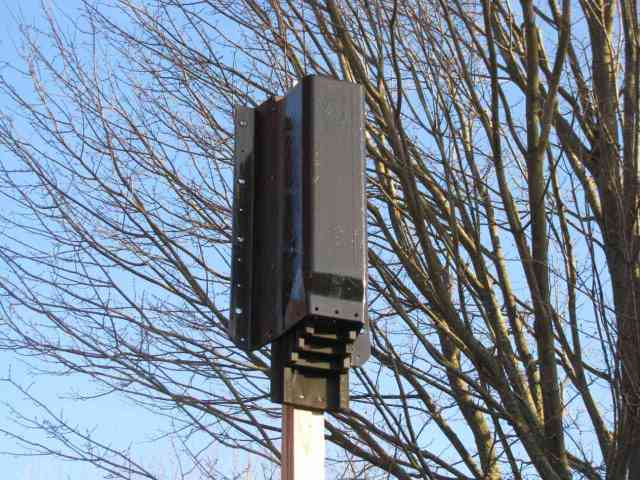
Image Credit: Media.GM.com
The mighty C7 Corvette has attracted plenty of press over the past year or so, and rightfully so. But, the latest news on the C7 Corvette is an interesting one: Processing an adhesive used in the Stingray can serve as a stalactite in artificial bat caves, which may help preserve threatened bat species in North America.
You see, artificial bat caves have shown progress in eliminating a deadly bat disease called White-Nose Syndrome. To date the disease, which make bats act abnormally and wake from hibernation too frequently, has killed over 5.7 million bats across North America.
Currently their is no cure for the disease, but why be concerned about bats anyway? According to GM, a single bat can eat up to 5,000 insects a night. If you multiply that by 5.7 million deceased bats, you can quickly see how the disappearance of these bats can greatly influence the environment.
“We need to do what we can to prevent more bats from contracting white-nose syndrome while they are hibernating,” said Rob Mies, executive director for the Organization for Bat Conservation. “Researchers are working around the clock to find a way to stop the transmission from occurring in caves. This disease is occurring at a rapidly escalating rate and if a solution is not found soon, many bat species could face extinction.”
You might not know it, but bat projects have been a part of GM for several years. In fact, they have over 26 certified wildlife habitat programs and penchant for creative recycling.
By creating bat houses from scrap Chevy Volt battery covers, the houses and glue can hold 150 bats each. So far GM and partners have installed over 500 artificial bat houses.
“We think of waste as just a resource out of place and work hard to keep materials in use,” said John Bradburn, GM global manager of waste reduction. “Just like our stalactite concept or our bat houses, we seek out creative reuse projects that touch other elements of sustainability such as community engagement and wildlife preservation.”


















